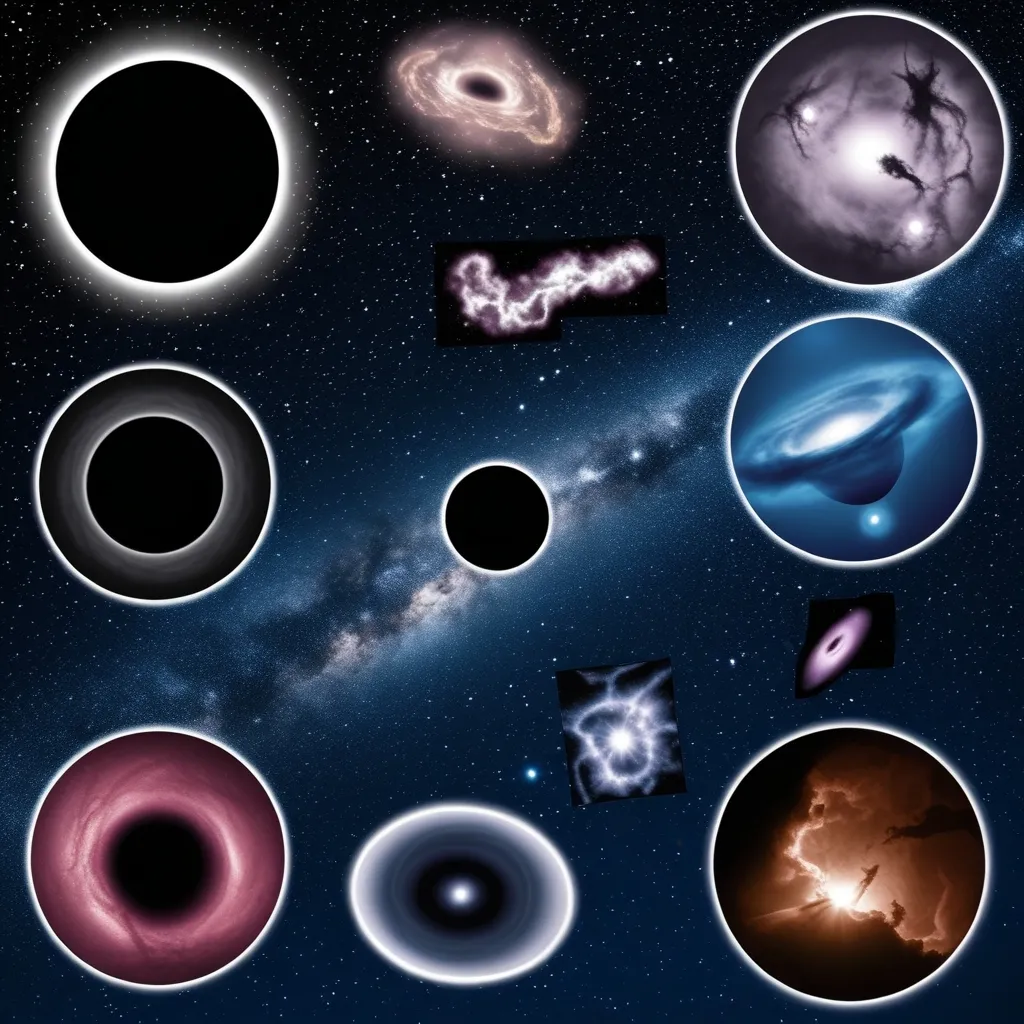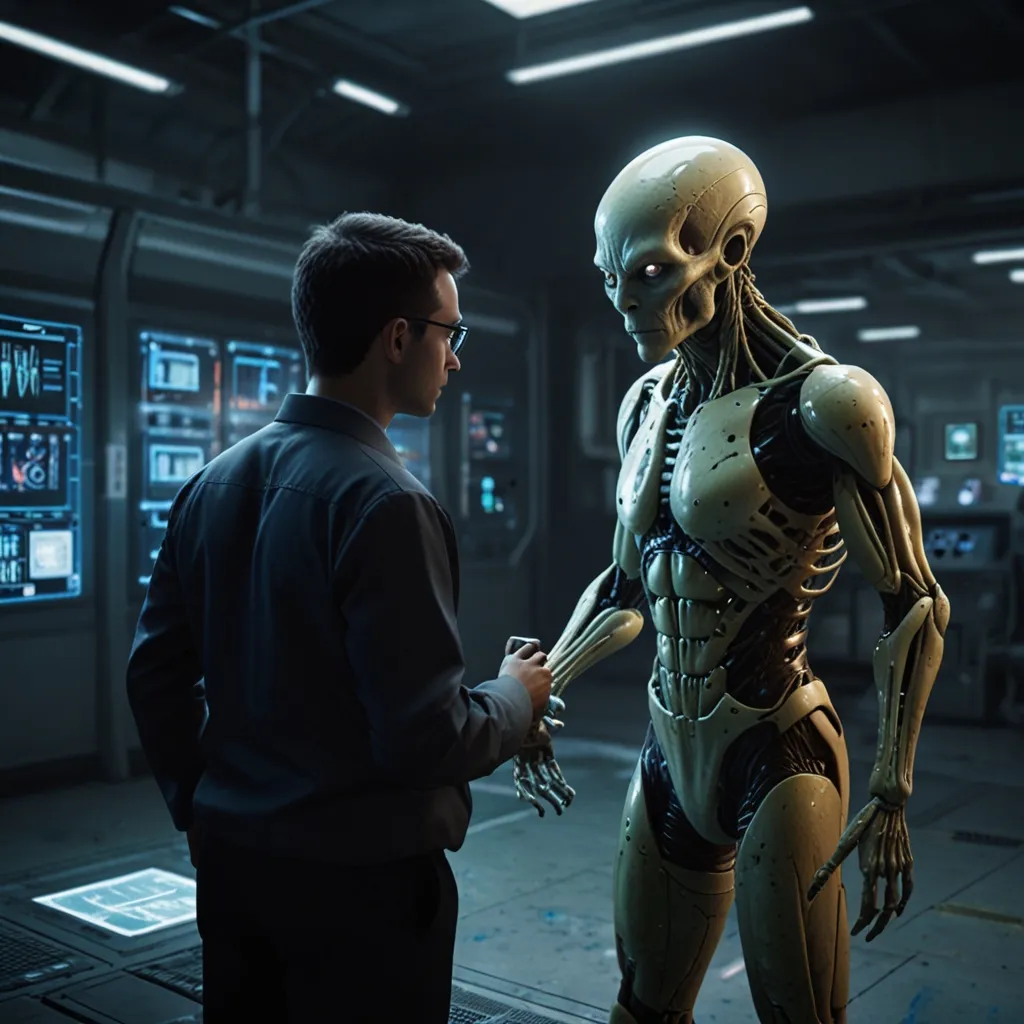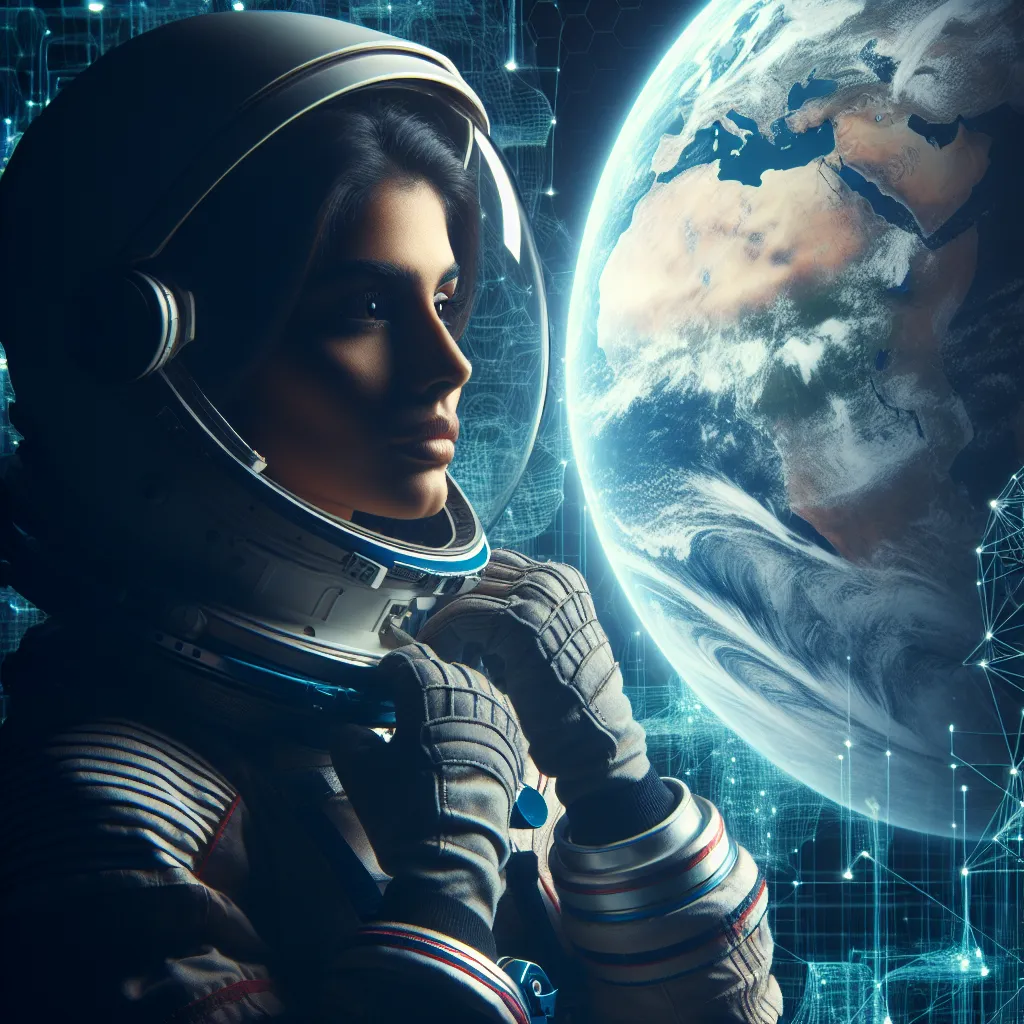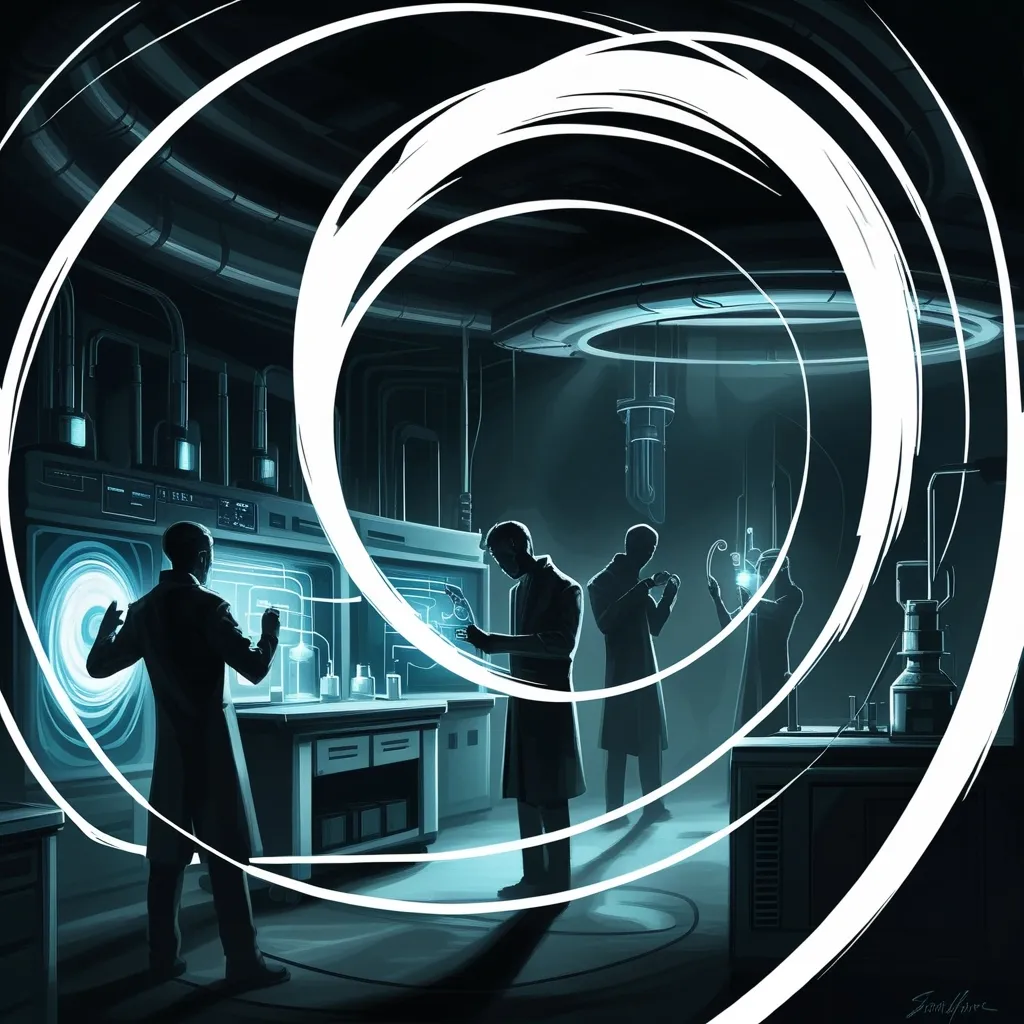The universe is a mind-boggling place, full of stuff that makes our brains hurt. From weird space objects to crazy signals, it’s like a cosmic mystery box out there. Let’s dive into some of the coolest and most confusing things we’ve found in space.
Picture this: a black hole that’s not quite a black hole. Astronomers recently spotted this oddball about 40,000 light years away. It’s too heavy to be a neutron star but too light to be a typical black hole. It’s like the Goldilocks of space objects - not too hot, not too cold, just… weird.
Then there’s this thing that’s blasting out radio signals every 18 minutes. It’s like a cosmic disco ball, lighting up for about a minute at a time. Scientists are scratching their heads, wondering if it’s a super magnetic neutron star or something else entirely.
Remember Oumuamua? That cigar-shaped object that zoomed past Earth in 2017? It was moving so fast, some folks thought it might be alien tech. Spoiler alert: we still don’t know what it was.
And how about the USS Jellyfish? No, it’s not a Star Trek ship. It’s this funky jellyfish-shaped thing in a far-off galaxy cluster. It’s probably just hot gas and electrons from a black hole, but it looks cool as heck.
Speaking of weird shapes, there’s this massive object orbiting way out in the Oort Cloud. It’s bigger than a comet and has a crazy orbit. Some scientists think it might explain how Earth got its water. Talk about a long-distance delivery!
Fast Radio Bursts, or FRBs, are like the universe’s version of cosmic fireworks. They’re super bright, super strong, and last only milliseconds. We’ve even caught one that flashed six times in a row. Alien signals? Probably not, but still pretty awesome.
Ever heard of nuclear pasta? No, it’s not on the menu at your local Italian joint. It’s this insanely strong material formed from dead stars. It’s so tough, it would take 10 billion times the force needed to break steel to crack this cosmic spaghetti.
Haumea, a dwarf planet beyond Neptune, is like the class clown of our solar system. It’s weirdly elongated, has two moons, and spins so fast its day only lasts four hours. Oh, and it has rings. Because why not?
Tabby’s Star is another head-scratcher. It dims at random times for no apparent reason. Some wild theories suggested alien megastructures, but it’s probably just dust. Still, it’s fun to imagine, right?
The Fermi Bubbles are like two giant cosmic soap bubbles extending from the center of our galaxy. They’re expanding at a whopping 2.2 million miles per hour. We’re not sure why they’re there, but they look pretty cool.
At the heart of our galaxy lies Sagittarius A*, a supermassive black hole that’s surprisingly chill for its size. It’s like the laid-back cousin of other galaxy-center black holes.
And let’s not forget about Odd Radio Circles, or ORCs. These mysterious circular objects in space have got astronomers buzzing. Wormholes? Explosions? Alien crop circles? Who knows!
All these weird and wonderful objects remind us how little we actually know about the universe. It’s like we’re kids peeking through a keyhole into a massive, mysterious room. Every new discovery is like finding a new toy we’ve never seen before.
Imagine being the astronomer who first spots something like Oumuamua or the USS Jellyfish. It must feel like winning the cosmic lottery. That rush of excitement, the thrill of not knowing what you’re looking at - it’s what drives scientists to keep exploring.
As we develop better tech and launch more powerful telescopes, we’re bound to find even more bizarre stuff out there. It’s like upgrading from a magnifying glass to a super-powerful microscope - suddenly, you can see all sorts of things you never knew existed.
Take those Fast Radio Bursts, for example. The more we study them, the more we might learn about extreme events in space. And objects like Haumea and its rings could teach us about how our solar system formed way back when.
The universe is like a giant puzzle, and we’re still finding new pieces all the time. From lightweight black holes to weird radio signals, each discovery is another clue. It’s not just about expanding our knowledge - it’s about inspiring the next generation of space geeks and scientists.
Think about it - some kid looking up at the stars tonight might grow up to solve one of these cosmic mysteries. Maybe they’ll figure out what Oumuamua really was, or explain those Odd Radio Circles. The possibilities are as endless as space itself.
That’s what makes space exploration so exciting. It’s not just about what we know - it’s about all the stuff we don’t know yet. Every time we think we’ve got it figured out, the universe throws us another curveball.
It’s humbling, really. We’re these tiny beings on a small planet, trying to understand this vast, complex universe. But that’s what makes it so awesome. Every discovery, every mystery solved (or unsolved) is like a little victory for humanity.
So next time you look up at the night sky, remember - there’s way more going on up there than meets the eye. Lightweight black holes, jellyfish-shaped gas clouds, pasta-like star remnants - it’s all out there, waiting to be discovered and understood.
Who knows? Maybe the next big space mystery is out there right now, just waiting for someone to spot it. It could be a new type of star, a bizarre planet, or something we can’t even imagine yet. That’s the beauty of space - it never runs out of surprises.
In the end, that’s what makes space exploration so important. It’s not just about satisfying our curiosity (though that’s a big part of it). It’s about pushing the boundaries of human knowledge, challenging our assumptions, and maybe even changing our understanding of our place in the universe.
So keep looking up, keep asking questions, and keep wondering about all the mysteries out there. Because in space, the next big discovery could be just around the corner - or just past the next star.






